In short, when comparing HDR vs HDR10+, HDR is the base standard specifying 10-bit colors and a specific color gamut of the monitor, while HDR10+ adds dynamic metadata to better display high contrast scenes, plus other differences that we will look at below.
Original HDR TVs first entered into production in 2014, with the HDR10 standard following a year later to solidify this emerging technology.
HDR10 is an open-source standard developed to esnure that consumers get the same level of HDR performance from their monitor or TV, whether Hisense, Vizio or any other brand.
HDR10+ was a further refinement of this, released in 2017 by Samsung and Amazon to add dynamic metadata and to otherwise provide a better image to consumers.
But the actual difference between HDR10 and HDR10+ can be difficult to understand, so in this article we’ll cover exactly how the two HDR standards differ and help you to understand which one is best for you.
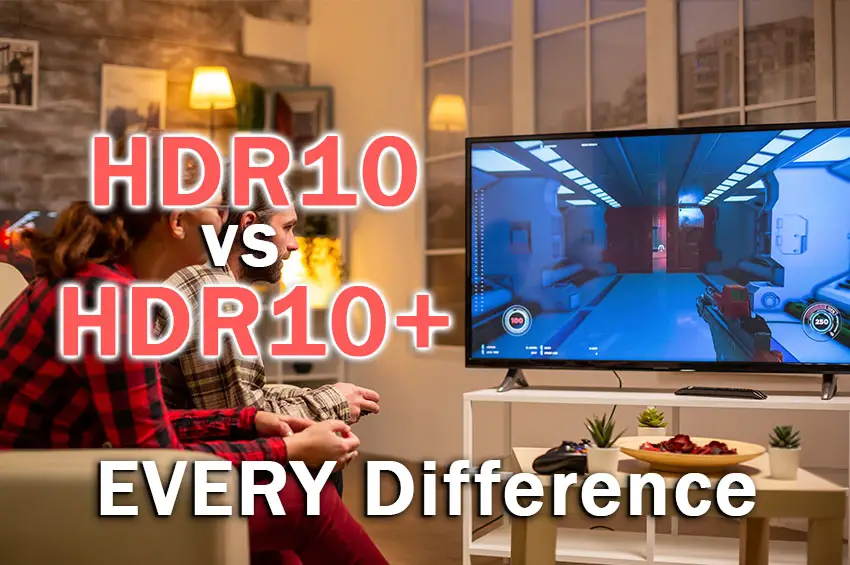
The Difference Between HDR10 vs HDR10+
HDR10 is a royalty-free and open-source standard for screen quality. It is used by many companies like Sony, Samsung and LG. Screens with HDR10 specifications are able to display HD quality content with a wide-gamut color range and 10-bit color.
There is a more advanced version of HDR10 known as HDR10+. It allows you to change the brightness from frame to frame.
This might not make much of a difference to an average person, but it is very useful for those really into movies and particularly if you have a larger TV screen.
The key difference between HDR and HDR10+ is the addition of dynamic metadata.
Standard HDR and HDR10 has static metadata. This means that the brightness is fixed at the start of the movie and remains at that level through to the end, and doesn’t change even if one scene is set in bright daylight and the next in a dark cave.
The brightness levels are set by the film studio during mastering, and typically mean that dark scenes don’t show true blacks and instead seem too light, because they can only use a very limited amount of the brightness range of your TV.
HDR10+ gets around this by allowing the brightness to vary frame by frame.
Metadata embedded in the movie by the film studio allows the brightness range of the picture to be changed dynamically, moving the available gradations of brightness to better accommodate what is on screen.
This means that scenes in bright daylight and dark caves can have the brightness range tailored to those scenes, allowing for subtle brightness gradations and more detail in each scene.
What’s the Same Between HDR vs HDR10+?
Other than the switch from static to dynamic metadata, there are actually very few real-world changes between HDR10 and HDR10+.
Both HDR10 and HDR10+ use 10-bit colors and very similar color spaces, along with a maximum of 10,000 nits of brightness.
HDR10 and HDR10+ Certification
Although this doesn’t affect the picture of HDR10+ TVs, there is a difference in the certification of these from HDR10.
HDR10 is a fully open-source standard referring to how the GPU talks to the display, meaning that it is less concerned with the actual picture quality, and more with data transfer.
This can lead to variability in the application of HDR10, as manufacturers can have a display that technically hits the HDR10 standard, but has a worse image than a rival display that also hits that standard.

HDR10+ is a royalty-free standard owned by Samsung and Amazon that requires manufacturers to pay $10,000 per year for an authorized test center to confirm their products hit this standard.
This means that HDR10+ screens have much less variability, and that you can be sure that they acctually do produce the image they claim to show.
You can see a list of all certified HDR10+ products at the link, while there is no list of all HDR10 products – you just have to take a manufacturer’s word for it.
Is HDR10+ Better Than HDR10?
Yes, HDR10+ is better than HDR10 as it offers dynamic metadata to change the brightness range of your screen from frame to frame, and displays also must pass rigourous tests to achieve HDR10+, meaning that you can be sure they offer the display they are promising.
Can HDR Be Upgraded to HDR10+?
Theoretically, HDR10 can be upgraded to HDR10+ with a firmware update, as the specifications of screens that support HDR10 and HDR10+ are the same. You cannot manually upgrade a screen from HDR to HDR10+ however – you will have to wait for the manufacturer to make the firmware upgrade available, which most probably won’t do as they would prefer you bought a new screen.
Who Streams in HDR10+?
Because the HDR10+ standard is co-owned by Amazon, you won’t be surpised to find out that Amazon Prime streams in HDR10+.
The streaming services that use HDR10+ are:
- Amazon Prime
- Paramount+
- Apple TV+
All other streaming services only stream in HDR10, including Netflix and Disney+.
Is HDR10+ Important for Gaming?
The HDR10+ Gaming standard from Samsung gives four times the peak brightness of HDR10, variable refresh rate and auto low latency mode, while supporting displays at over 120Hz.
This standard removes the need for you to load manual settings when starting a game, with the game engine automatically optimizing the display in real-time.
HDR10+ Gaming has only become available in 2022, so few monitors and TVs support it, but this is sure to become very important for gaming in the future.
Compare HDR10 vs HDR10+
You will see noticeable improvements in your picture when using HDR10+ instead of HDR10, but this can be subtle and is not always obvious. Both standards remain very good for everything from watching movies to recording videos on your smartphone.
Take a look at a direct comparison between HDR10+ vs HDR10 in the video below, but remember that it can be difficult to see the differences in a video – you are much better trying these out in store if you can.
Final Thoughts on HDR10 vs HDR10+
In practice, HDR10+ allows you to see better detail in scenes that contain a compressed dynamic range, or in scenes that have one bright or dark point in an otherwise dark or bright scene respectively.
Because HDR10+ is privately owned and certified, you can be sure that monitors and TVs that are awarded HDR10+ certification definitely offer the picture they claim to offer.
But this also means that there is much less widespread adoption of the HDR10+ standard, particularly in budget screens.
If possible to get, you will benefit from HDR10+, but if all that is available to you in HDR10, then that is definitely good enough for most situations, and you are unlikely to regret choosing a screen with HDR10 too much.
Read More:

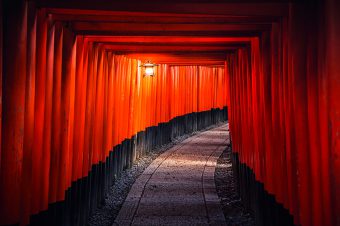
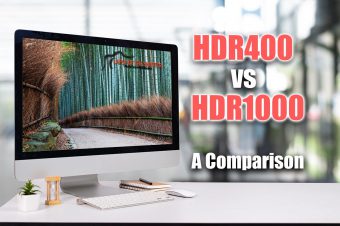
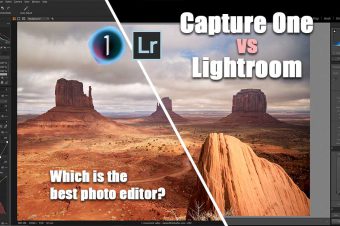
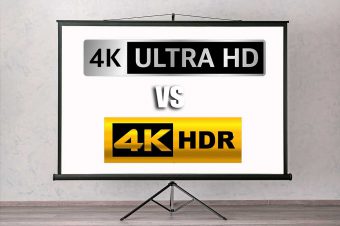

Leave a Reply